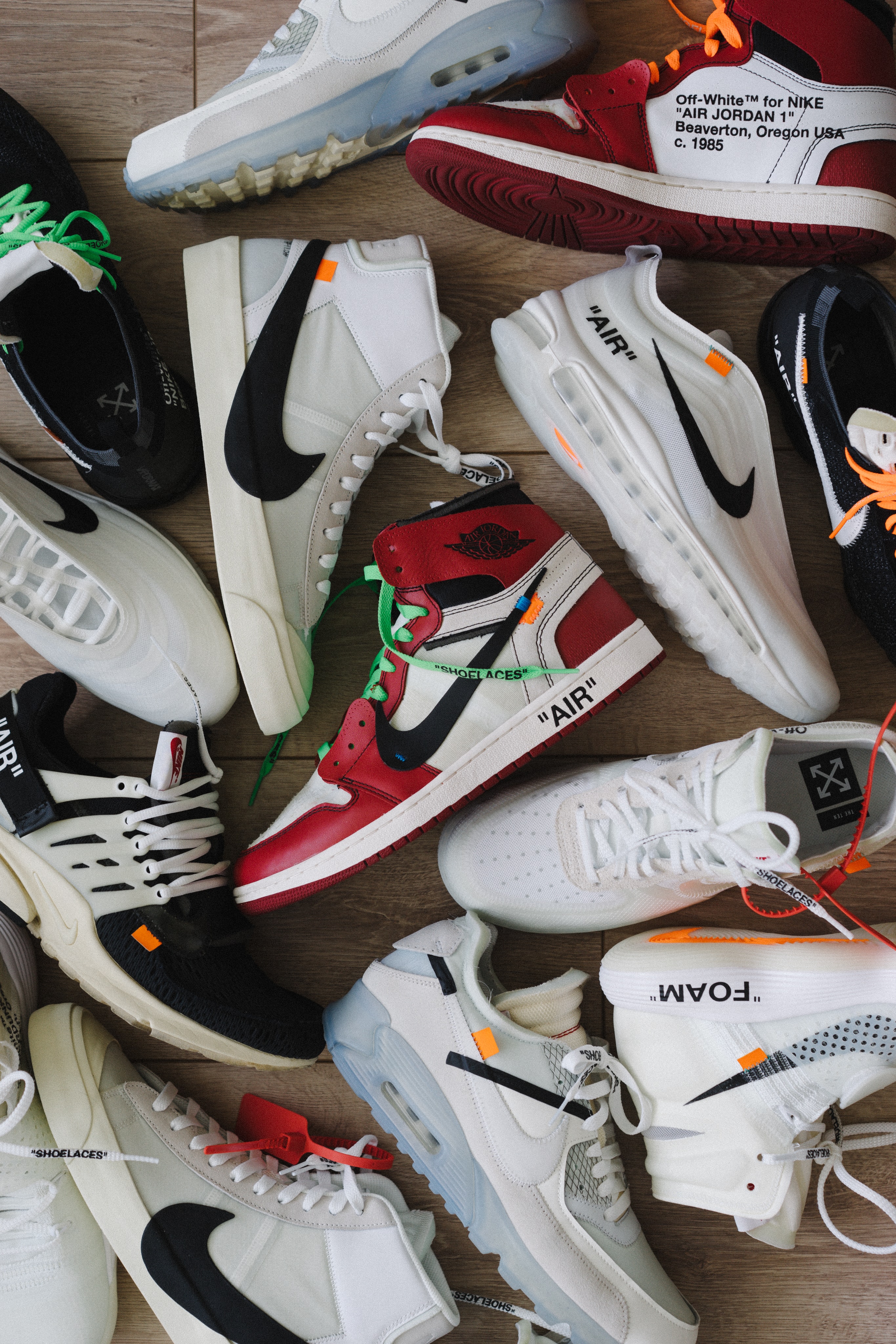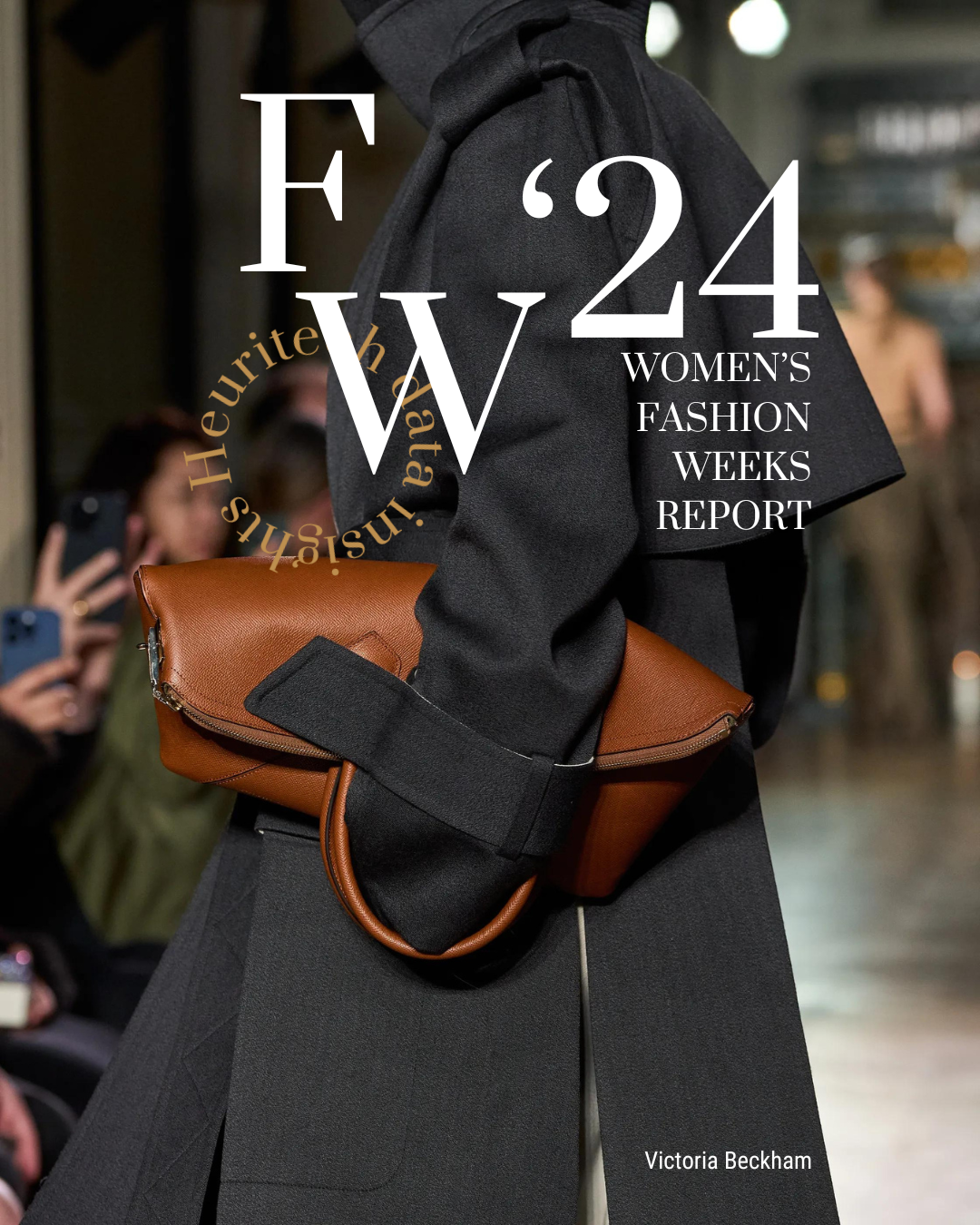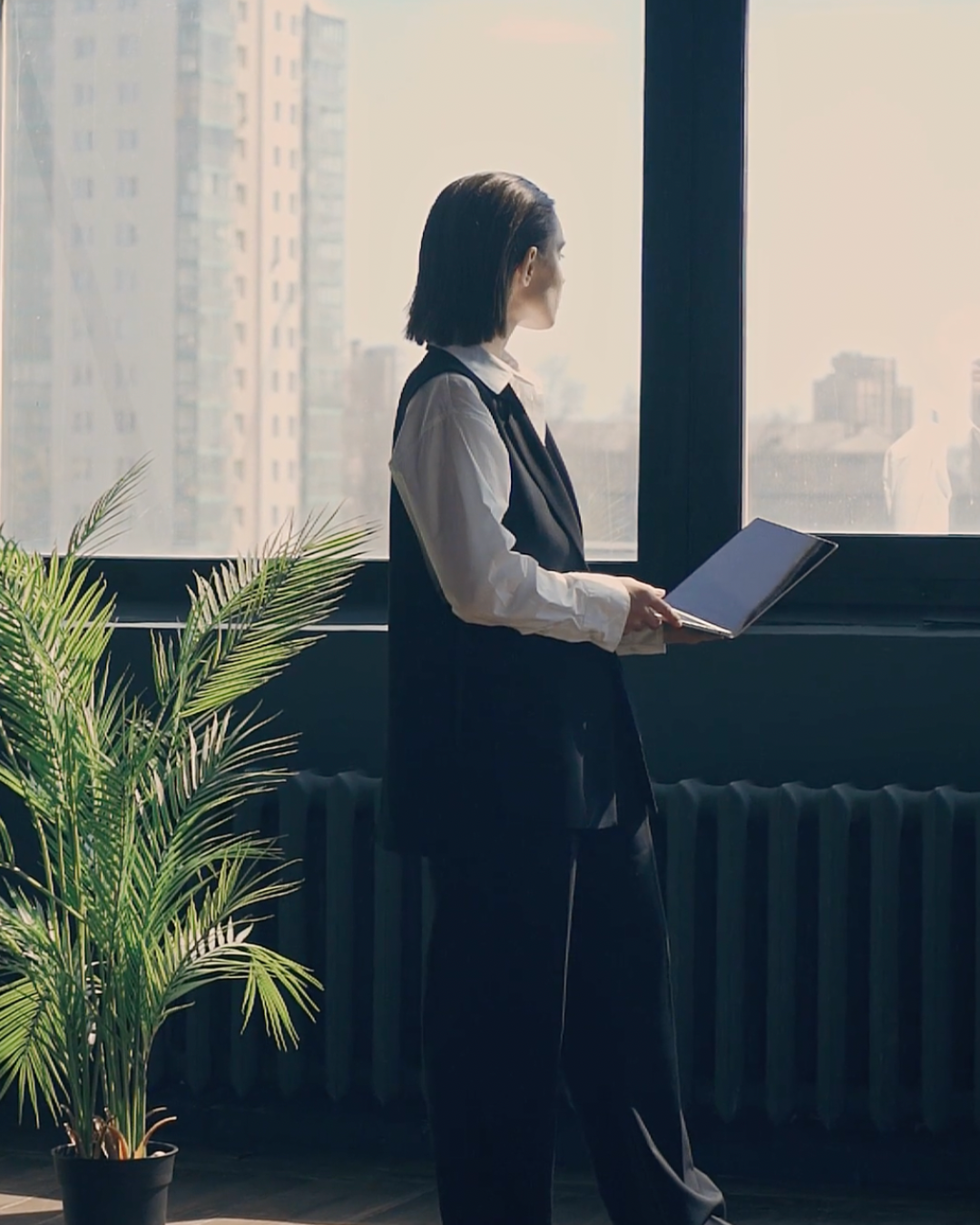Long ago, sneakers were banished from the runway, the office and other ceremonial events. Now their comeback is increasingly enticing new clients. Luxury brands foresaw the rise of sneakers very accurately and are now launching their own models. The surge in sports footwear echoes the free-spirit aspiration of millennials, the new, strategic population segment that luxury brands want to attract.
Sneakers are an appealing, comfortable icon for millennials
If there is one segment that both the media and luxury brands are focusing on, it’s definitely millennials. This demographic, born between 1981 and 2000, is known to be elusive, highly demanding and critical of brands.
By 2025, millenials will represent 40% of luxury sale clients according to the Bain & Co consultancy.
This is why millennials and their younger counterparts, Gen Z, have become the new strategic brand targets and the standard for customer satisfaction luxury policies.
Unlike the former generation X, millennials appear to be real sneakerheads who worship sporty, innovative and comfortable sneakers.
Traditional shoes are losing ground as women swap painful high heels for more comfortable flats or thick rubber soles, to hit the ground in corporate open spaces.
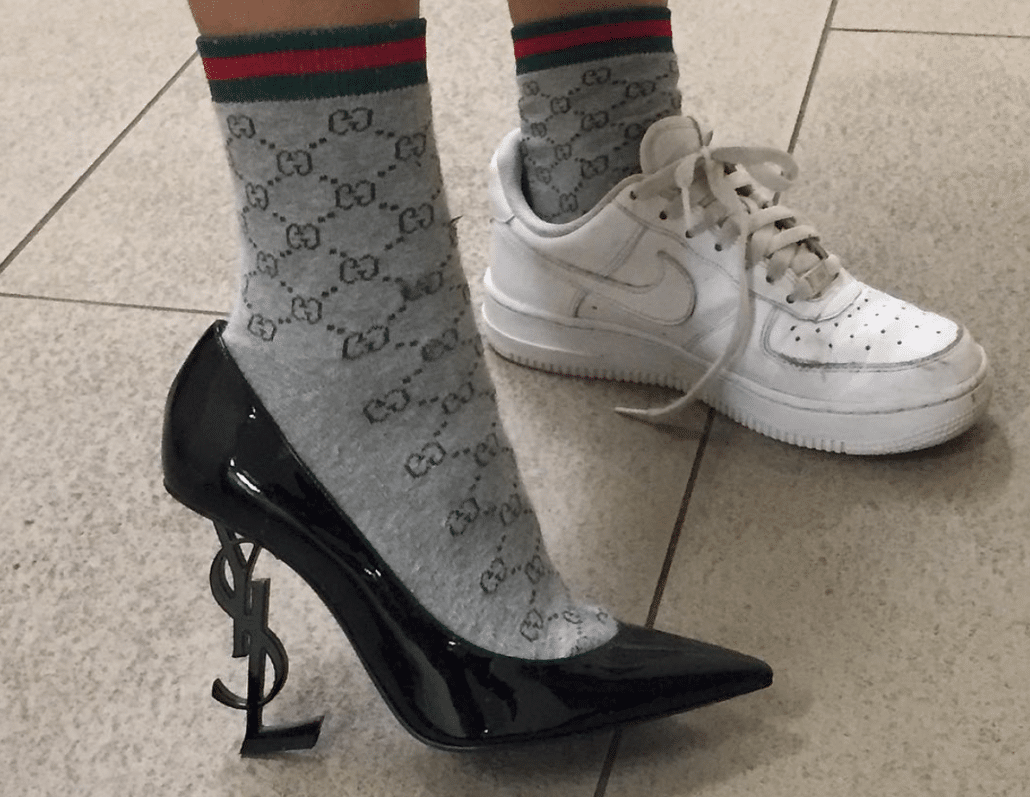
Trainers were initially worn by athletes and hip-hop stars – Michael Jordan and Run DMC among others – in the nineties and early 2000’s. The sneaker revival brought back childhood memories for many.
This nostalgia is due to a nineties revival that has recently set the fashion scene ablaze.
Even if millennials don’t have much disposable income to allocate to luxury items, they are, paradoxically, fascinated with the luxury lifestyle. With that in mind, saving money to acquire higher-priced items doesn’t seem to interest them at all.
Millenials are keen on having a mix and match attitude — fusing high-end products with more accessible brand items.
This cultural shift, noticeable in the luxury industry, illustrates the fact that these aspirational clients want to convey a more laid-back image, where exclusivity meets casual wear.
For example, in New York, Nike provides a digital visualization tailoring service, the Nike Makers Experience, which resembles the strategy implemented by other major luxury brands. Innovative startups have also carved out a niche in this segment, like Buscemi, known for its signature 18K gold padlocks, which offers a high level of craftsmanship in its customization service.
In short, more than a utility item, sneakers are a state of mind.
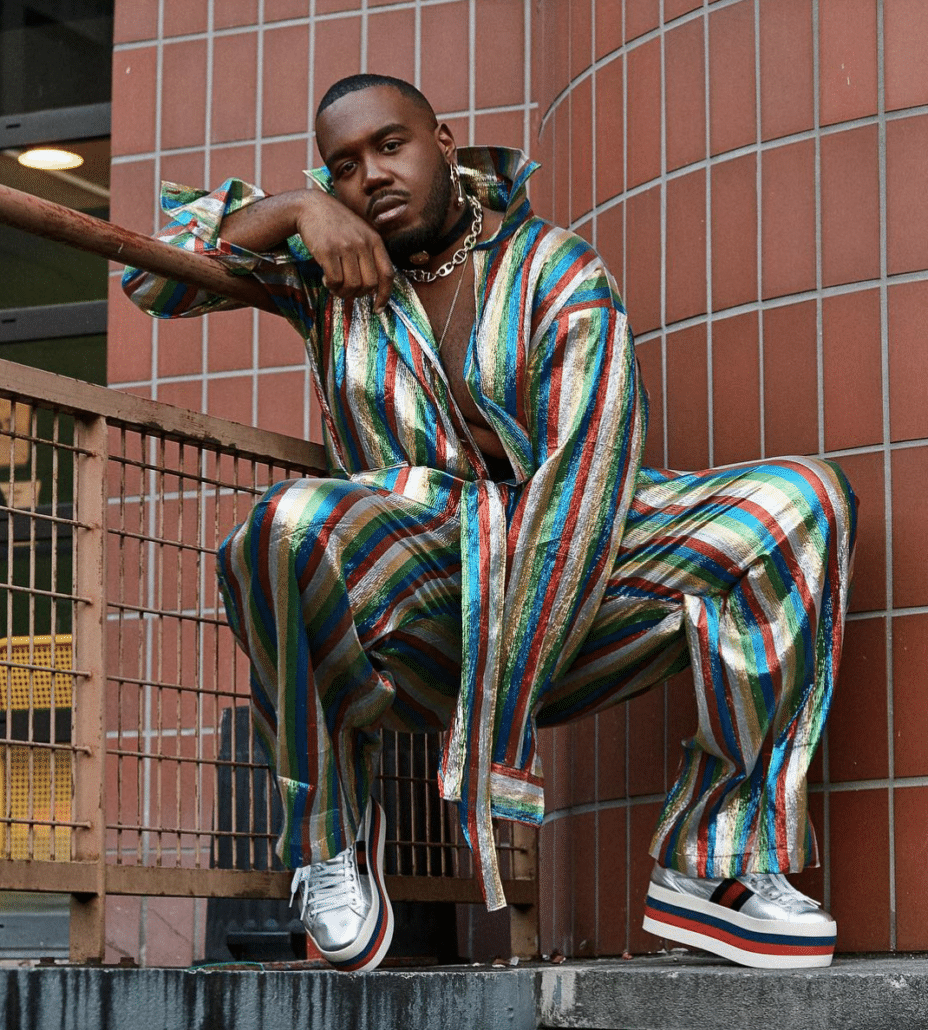
Sneakers represent enormous potential for the luxury industry
Sneakers represent the new goose with the golden eggs for luxury brands. This increasing “sneakerization”, allows luxury brands to grab market shares from traditional sportswear brands such as Nike and Adidas. It has been said that the market could be worth $55 billion.
Sneakers represent a promising entry point for a broader audience for luxury brands, especially millennials.
In terms of sneaker culture influencers in visual social media, the collectors are mostly men.
As early adopters, their fondness for collectible items push them to queue in all types of weather in order to score a limited release.
On the resale market, extra-rare luxury trainer editions can attain skyrocketing prices, even reaching €10,000 for a pair. A safe investment, the sneaker market even has it own stock exchange with stockX.
The market is still huge for luxury brands: Matt Powell, a sports industry analyst, points to the fact that for 2018 alone, streetwear items, including high-end sneakers, represent 5% of overall luxury industry revenues.
While the high-end sneaker concept initially started in 1984 with Gucci’s immaculate white tennis sneaker, the sneaker craze among luxury brands can be traced back to the late 2000’s.
At the time, 3 visionary fashion designers launched their own top selling luxury sneakers: Lucas Ossendrijver, with washed silk high top trainers in 2006 for Lanvin’s menswear collection, Pierre Hardy, in 2008 with his “colorama” high tops, and Nicolas Ghesquiere for Balenciaga, with the “Arena” trainers. By adding value to sportswear shoes with high-end leather and exclusive materials, luxury brands ignited a worldwide success.
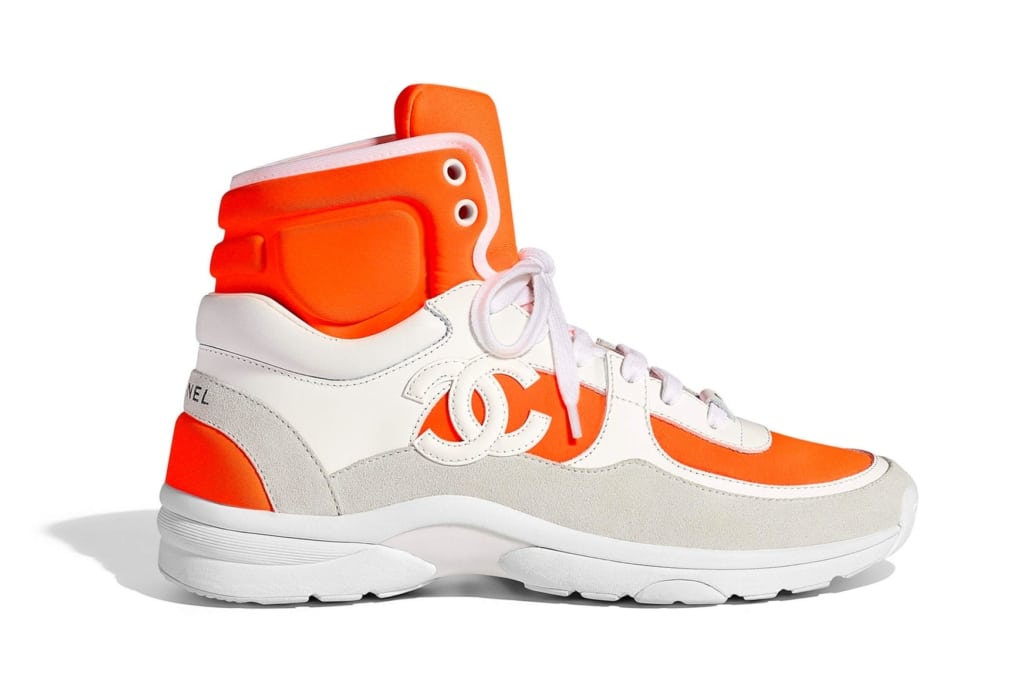
Years later, this trend still represents a competitive advantage for luxury brands. For example, for its SS18 Pre-Collection campaign, Chanel introduced neon-colored lambskin and suede calfskin high tops. With this sneaker model, the French luxury heritage brand provided a back-to-basics, staple luxury sneaker design.
Another important trend is the hybridization between sports and high-end fashion, whose origins can be traced back to a collaboration between Adidas and Japanese deconstructivist designer, Yohji Yamamoto. In the fashion sphere, he was the first designer to envision the potential of sneakers on the runway with Y-3, a co-creation program including performance clothes and exclusive trainers.
Phoebe Philo was the next designer to set the tone with the white Adidas Stan Smith trend. She wore them in her everyday life including to one of her fashion shows in 2010. The Stan Smith then made headlines.
2015 was a milestone year for the luxury industry: sneakers invaded both front rows and collections during fashion week, on an international level.
Between 2009 and 2015 alone, the luxury sneaker market grew threefold.
In 2017, Balenciaga’s Triple S hit the mark in the luxury sector. Indeed, the model represented 52% of luxury sneakers sales according to Highsnobiety. The sneaker market will continue to grow: by 2020, sneaker sales in China are predicted to outperform sports apparel by close to 3% according to a report by Zhi Yan, a Chinese consulting firm.
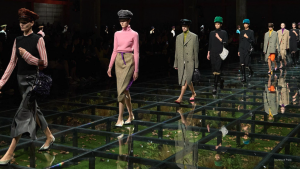
Sneaker trends: Retro Is The New Future
In the past, luxury was the purveyor of good taste. Now it seems that most of the industry finds inspiration in Miuccia Prada’s ugly chic philosophy.
The response to this provocation is that luxury sneakers have distanced themselves from their previous immaculate and minimalist style to become more imposing and architectural.
The result is sneaker designs that unleash passions on social media: with enthusiasts praising the genius of some top designers’ sharp eye and haters equally voicing their opinions.
This surprisingly strong design is most apparent in the “chunky sneaker” trend and the sock-sneaker. The result is systematically sold-out products.
As a matter of fact, it seems that beauty is no longer a requirement to entice the youngest generation of clients and gain “street credibility”.
For Valerie Cabanetos, accessories professor at French fashion school, ESMOD, “there’s a genuine gloominess with the banalization of minimalist widespread models such as the Stan Smith. The dad shoes enable people to stand out, it’s no more, no less, a snub to trends which is not surprising. In fashion there’s always a provocative side and younger clients fear being ridiculous less and less.” This chunky design has the merit of challenging the stereotypical fashion norms.
One of the latest divisive designs came from Dsquared, with its brand-new, military-inspired sneaker-pump.
Louis Vuitton has its own with the Archlight model, Balenciaga with the Triple S, Dior with the B22, N°21 with the Billy…
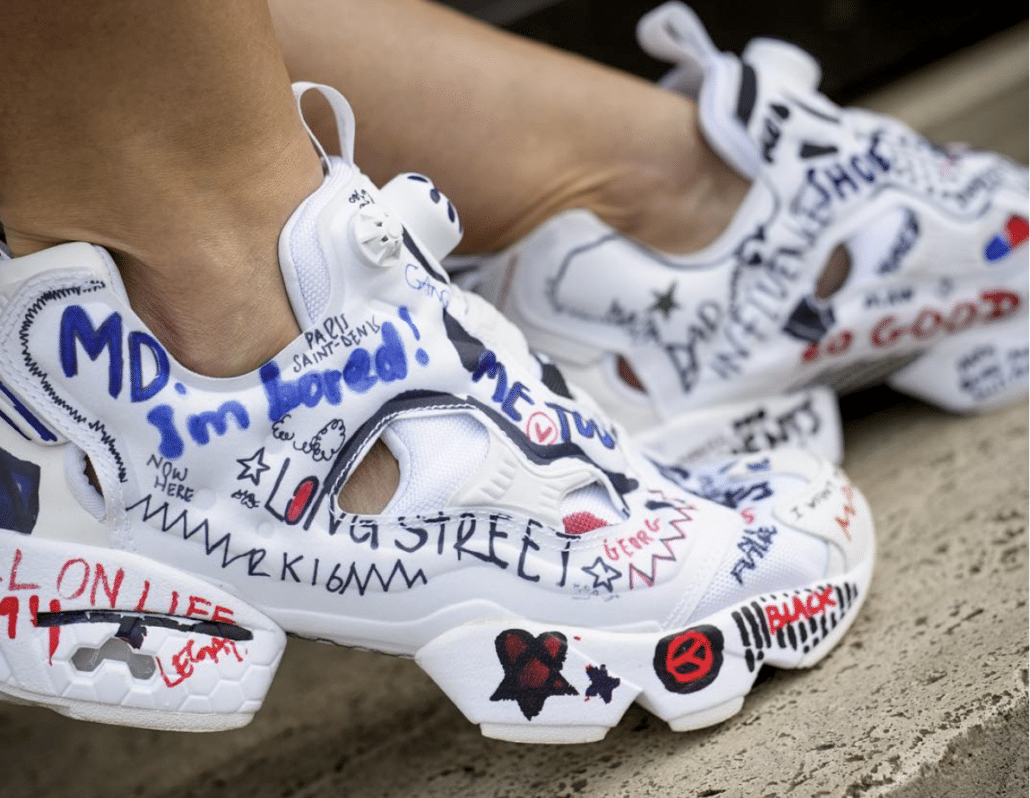
More than an “ugly” shoe, its noticeable dystrophy brings to mind the retro design of a space opera, something like a bionic leg, which seems to raise the question of transhumanism in the rising era of the robot.
In brief, it’s like the 90’s Spice Girls’ Buffalo platform shoes meets a 1985 Akira Japanese anime neo Tokyo aesthetics environment.
In line with this trend, Louis Vuitton released a feminine, futuristic version of the notorious, iconic, springly, wave-shaped outsole. The model comes with an oversized tongue and a low cut around the ankle.
The “ugly shoe” movement isn’t over and the next step seems to be the “dad shoe” movement, which is a mix between bulky shoes and hiking/security shoes, just as Gucci presented at its latest fashion show.
Heuritech empowers fashion teams to monitor both products and trends in real time with its cutting-edge image recognition technology applied to millions of social media images each day.
